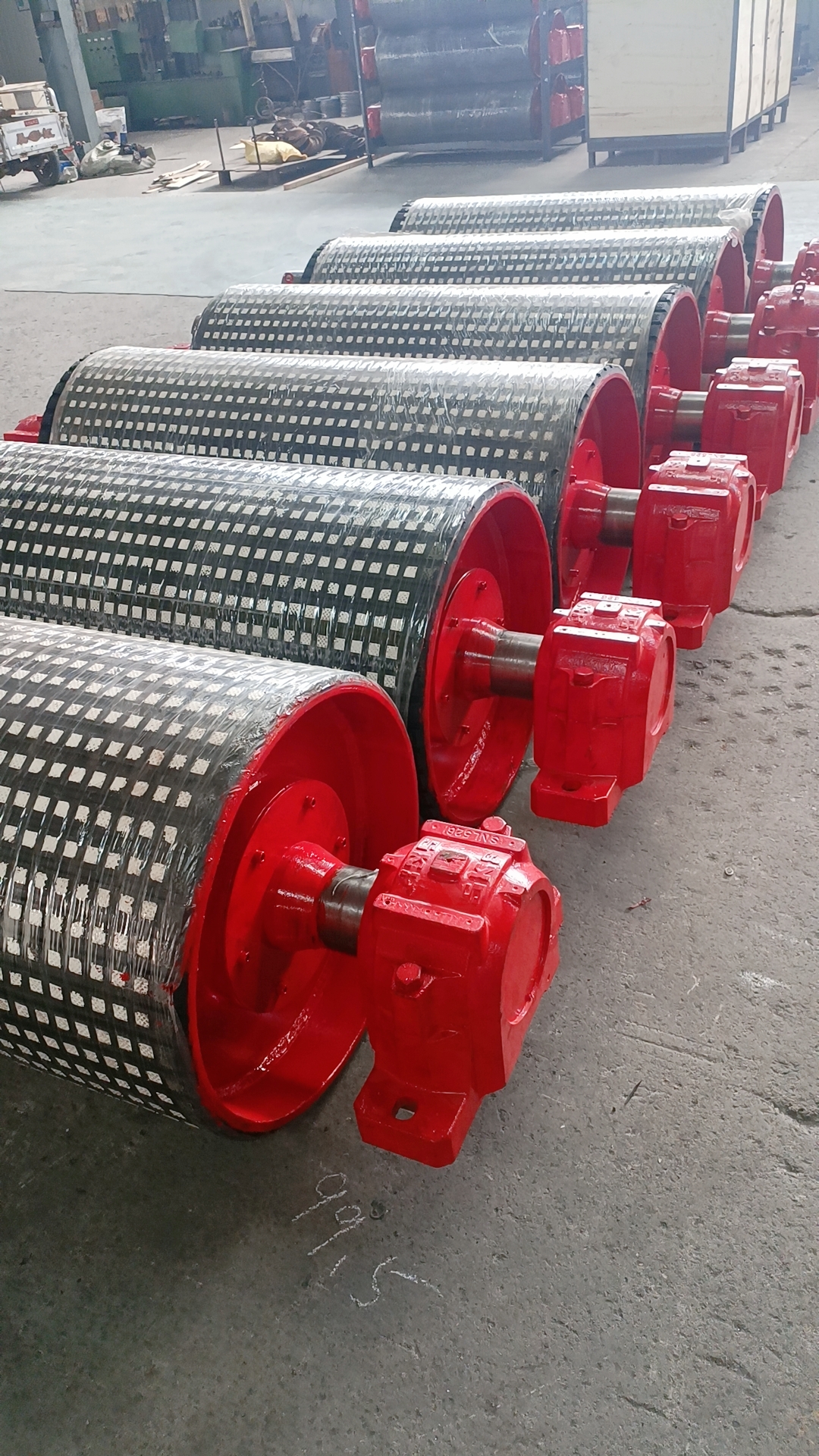 Afrikaans
Afrikaans  Albanian
Albanian  Amharic
Amharic  Arabic
Arabic  Armenian
Armenian  Azerbaijani
Azerbaijani  Basque
Basque  Belarusian
Belarusian  Bengali
Bengali  Bosnian
Bosnian  Bulgarian
Bulgarian  Catalan
Catalan  Cebuano
Cebuano  Corsican
Corsican  Croatian
Croatian  Czech
Czech  Danish
Danish  Dutch
Dutch  English
English  Esperanto
Esperanto  Estonian
Estonian  Finnish
Finnish  French
French  Frisian
Frisian  Galician
Galician  Georgian
Georgian  German
German  Greek
Greek  Gujarati
Gujarati  Haitian Creole
Haitian Creole  hausa
hausa  hawaiian
hawaiian  Hebrew
Hebrew  Hindi
Hindi  Miao
Miao  Hungarian
Hungarian  Icelandic
Icelandic  igbo
igbo  Indonesian
Indonesian  irish
irish  Italian
Italian  Japanese
Japanese  Javanese
Javanese  Kannada
Kannada  kazakh
kazakh  Khmer
Khmer  Rwandese
Rwandese  Korean
Korean  Kurdish
Kurdish  Kyrgyz
Kyrgyz  Lao
Lao  Latin
Latin  Latvian
Latvian  Lithuanian
Lithuanian  Luxembourgish
Luxembourgish  Macedonian
Macedonian  Malgashi
Malgashi  Malay
Malay  Malayalam
Malayalam  Maltese
Maltese  Maori
Maori  Marathi
Marathi  Mongolian
Mongolian  Myanmar
Myanmar  Nepali
Nepali  Norwegian
Norwegian  Norwegian
Norwegian  Occitan
Occitan  Pashto
Pashto  Persian
Persian  Polish
Polish  Portuguese
Portuguese  Punjabi
Punjabi  Romanian
Romanian  Russian
Russian  Samoan
Samoan  Scottish Gaelic
Scottish Gaelic  Serbian
Serbian  Sesotho
Sesotho  Shona
Shona  Sindhi
Sindhi  Sinhala
Sinhala  Slovak
Slovak  Slovenian
Slovenian  Somali
Somali  Spanish
Spanish  Sundanese
Sundanese  Swahili
Swahili  Swedish
Swedish  Tagalog
Tagalog  Tajik
Tajik  Tamil
Tamil  Tatar
Tatar  Telugu
Telugu  Thai
Thai  Turkish
Turkish  Turkmen
Turkmen  Ukrainian
Ukrainian  Urdu
Urdu  Uighur
Uighur  Uzbek
Uzbek  Vietnamese
Vietnamese  Welsh
Welsh  Bantu
Bantu  Yiddish
Yiddish  Yoruba
Yoruba  Zulu
Zulu Understanding the Basics of PU Pulley and Its Applications in Various Industries
Understanding PU Pulley A Comprehensive Overview
In the world of mechanical engineering and industrial applications, the term pulley plays a crucial role. Pulleys are devices used to lift and move heavy loads with significantly reduced effort. One particular type of pulley gaining traction in various sectors is the PU (Polyurethane) pulley. This article aims to provide an overview of PU pulleys, exploring their construction, advantages, applications, and maintenance.
What is a PU Pulley?
A PU pulley is a wheel or disk used in conjunction with a rope, chain, or belt to transmit power, lift loads, or change the direction of force. The PU refers to polyurethane, a synthetic material that exhibits exceptional properties suited for pulley production. Polyurethane's resilience, flexibility, and durability make it an ideal choice for various applications where standard materials might fail.
Construction of PU Pulleys
PU pulleys are made by molding polyurethane into various shapes and sizes, suitable for different mechanical setups. The manufacturing process often involves combining polyurethane with other materials to enhance specific properties. For instance, many PU pulleys may have a core of steel for structural integrity, surrounded by a layer of polyurethane that provides the practical surface for load handling.
The design of PU pulleys can vary – from flat pulleys that are used in conveyor systems to grooved ones that are ideal for belt drives. The surface finish of PU is also an essential aspect, as it influences friction and wear resistance. A smooth, well-finished surface can significantly reduce wear on both the pulley and the belts or ropes that make contact with it.
Advantages of PU Pulleys
1. Durability PU pulleys are known for their longevity. Polyurethane can withstand harsh conditions, making these pulleys suitable for heavy-duty applications.
2. Resistance to Abrasion The abrasion-resistant quality of PU is particularly beneficial in scenarios where pulleys are subject to continuous friction and wear. This feature makes them ideal for industrial environments.
3. Lightweight Compared to metal pulleys, PU pulleys are lighter, which can help reduce the overall weight of machinery and ease installation processes.
4. Flexibility Polyurethane offers a degree of flexibility that allows for some deformation under load, which can enhance grip and reduce slippage, improving overall efficiency.
pu pulley

5. Versatility PU pulleys come in various sizes and designs, making them suitable for a wide range of applications, from conveyor belts in manufacturing plants to tensioning systems in automotive engineering.
Applications of PU Pulleys
PU pulleys find extensive use across multiple industries due to their unique properties. Some common applications include
- Material Handling In warehouses and distribution centers, PU pulleys are often employed in conveyor systems to move goods efficiently.
- Automotive PU pulleys are used in engine systems and belt drives, where their durability and resistance to wear are crucial.
- Mining In mining operations where heavy loads are standard, PU pulleys help in transporting materials over long distances.
- Agriculture Farmers utilize PU pulleys in various machinery to efficiently manage tasks, such as irrigation systems and harvesting equipment.
Maintenance of PU Pulleys
Proper maintenance is crucial to ensure the longevity and efficiency of PU pulleys. Regular inspection for signs of wear, damage, or misalignment is essential. Lubrication may be necessary, depending on the specific application, to reduce friction and improve performance. Ensuring that pulleys are clean and free from debris can prevent unnecessary wear and extend service life.
Conclusion
In summary, PU pulleys are an invaluable component in numerous mechanical systems, providing a blend of durability, flexibility, and resistance to abrasion. Their applications span a wide range of industries, underscoring their significance in modern engineering and manufacturing practices. With proper maintenance, PU pulleys can offer long service life and consistent performance, making them a worthwhile investment for any business relying on efficient load handling and power transmission. As technology continues to evolve, the role of PU pulleys is likely to expand even further, shaping the future of industrial operations.
-
Revolutionizing Conveyor Reliability with Advanced Rubber Lagging PulleysNewsJul.22,2025
-
Powering Precision and Durability with Expert Manufacturers of Conveyor ComponentsNewsJul.22,2025
-
Optimizing Conveyor Systems with Advanced Conveyor AccessoriesNewsJul.22,2025
-
Maximize Conveyor Efficiency with Quality Conveyor Idler PulleysNewsJul.22,2025
-
Future-Proof Your Conveyor System with High-Performance Polyurethane RollerNewsJul.22,2025
-
Driving Efficiency Forward with Quality Idlers and RollersNewsJul.22,2025





























